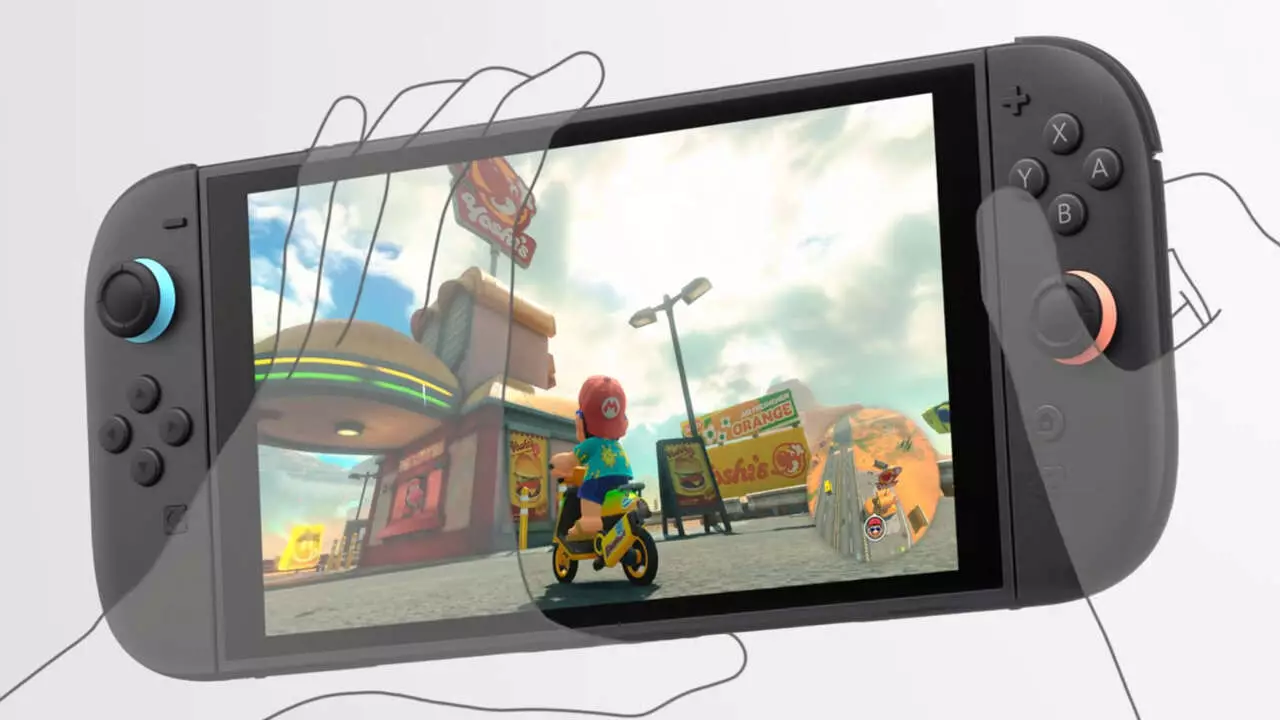The gaming world has always thrived on innovation, and Nintendo has consistently been at the forefront of pioneering ideas that redefine the player’s experience. The Nintendo Switch, first launched in 2017, introduced not just a console but a transformative way to interact with video games. Among its key features were the detachable Joy-Con controllers, which positioned the company as a leader in emphasizing flexibility and multiplayer gaming. However, the evolution of these controllers could have taken a significantly different direction had it not been for the foresight of late President Satoru Iwata and his critical feedback during the development process.
Kouichi Kawamoto, a producer in Nintendo’s entertainment planning and development sector, recently shed light on an idea that was momentarily set aside: the concept of magnetic attachment for Joy-Con controllers. According to Kawamoto, the idea was brought to Iwata’s attention in an early prototype, only to be shelved due to worries about stability. Previously, this magnetic approach promised ease of use but ultimately raised concerns about the security of the connection. In a world where trust in gaming hardware is paramount, it was a wise decision to prioritize consumer confidence, even at the expense of a potentially revolutionary design feature.
The Journey of Revisit and Revitalization
Although the magnetic Joy-Con concept was put on hold, it wasn’t entirely abandoned. The commitment from the Nintendo team to perfecting the gaming experience led them to continue exploring alternative solutions. Kawamoto revealed that the development team’s dedication to stress-testing the idea was steadfast, demonstrating a commendable resolve not to relinquish a promising innovation. This determination ultimately paved the way for the reintroduction of magnetic attachment in the upcoming Switch 2, demonstrating how setbacks can fuel creativity and lead to groundbreaking advancements in technology.
It is fascinating to note that this evolution comes from a place of understanding user experience intimately. The design philosophy surrounding the Joy-Con 2 controllers has shifted, focusing on making attachment easier not only for adults but also for younger gamers. This commitment to user-friendliness is exemplified in the new release button—an adjustment aimed at promoting accessibility without compromising functionality.
What Makes Joy-Con 2 Stand Out?
The forthcoming Joy-Con 2 controllers are much more than just an update; they represent a harmonious blend of intuition and technology. Beyond the alluring concept of magnetic attachment, these controllers are equipped with substantial advancements such as larger thumbsticks and an innovative GameChat button designed to enhance social interaction within games. For gamers who want a seamless transition between communication and action, these features are game-changers—literally.
Moreover, the robust technical specifications accompanying the Switch 2 itself—support for HDR, 4K resolution when docked, and impressive frame rates—further elevate the gaming experience. Nintendo aims to cater to hardcore gamers and casual players seeking family-friendly fun. The announcement of exclusives, including titles like Mario Kart World and a sequel to Kirby Air Ride, supports the notion that Nintendo is fully committed to enriching its portfolio while also honoring its legacy.
Anticipation and Industry Impact
The excitement surrounding the Switch 2 and its innovative Joy-Con 2 controllers reverberates beyond just the Nintendo fanbase; it reflects a paradigm shift in console gaming. By embracing consumer feedback and utilizing it as a launchpad for innovation, Nintendo reinforces its integrity as a company that values user experience above all. This strategic move could encourage competitors to rethink their approaches, ultimately driving the entire gaming industry toward a more inclusive and inventive future.
Additionally, the prospect of launching a limited-edition Mario Kart World bundle demonstrates a clever marketing strategy that aligns with Nintendo’s brand ethos: making gaming a collective, enjoyable experience. As anticipation builds ahead of the Switch 2’s release, one cannot help but wonder what else might emerge from Nintendo’s creative laboratories in the future.
This evolution of the Joy-Con controllers serves as a powerful reminder that true innovation does not merely happen; it is nurtured through exploration, setbacks, and an unwavering determination to improve. As we look forward to the possibilities within the world of gaming, the upcoming Switch 2 stands as a testament to what can be achieved when companies dare to dream big and listen closely to their community.


Leave a Reply